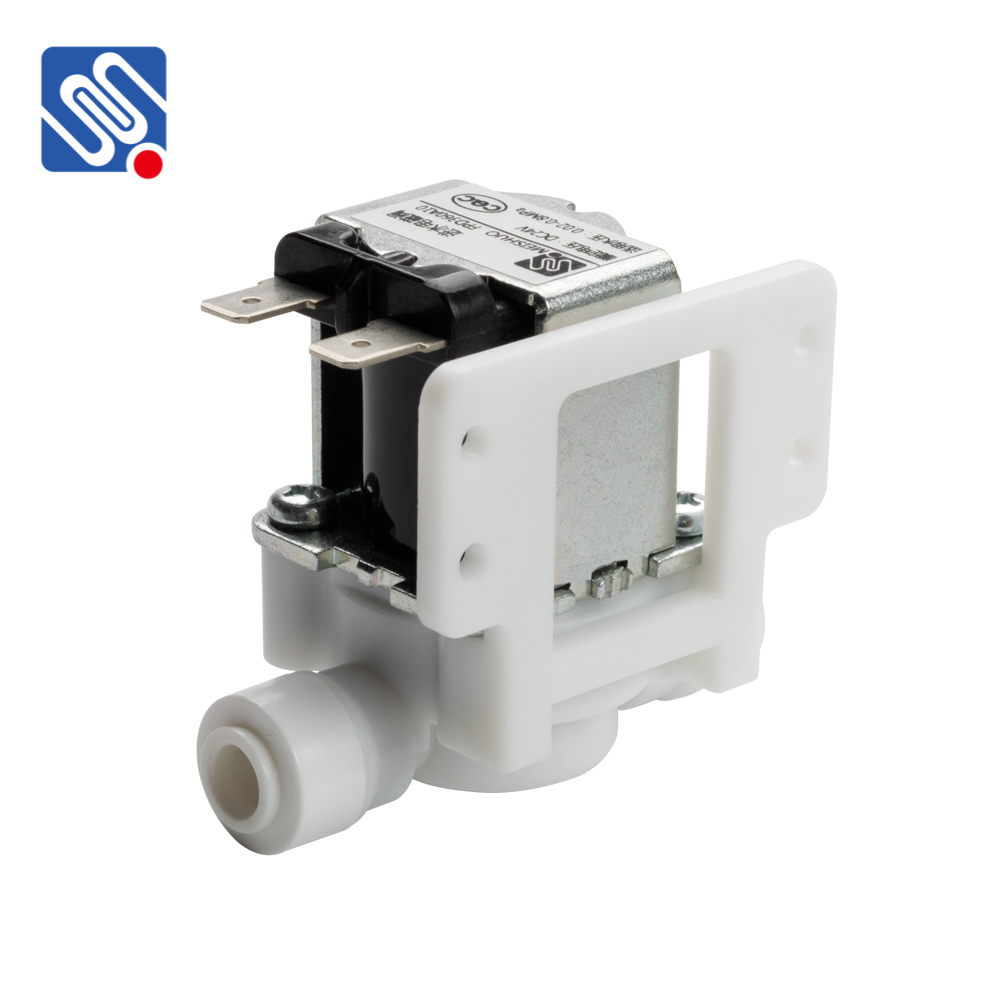Solenoid valves are vital components in a wide range of industries, playing a crucial role in regulating the flow of fluids such as water, gases, and oils. These valves operate via an electromagnetic mechanism, where a solenoid coil generates a magnetic field to open or close the valve, controlling the fluid flow. Solenoid valves are available in various materials, with stainless steel and plastic being two of the most commonly used. In this article, we will explore the differences, advantages, and typical applications of Stainless Steel and Plastic Solenoid Valves.

Understanding Solenoid Valves A solenoid valve is a type of electromechanical valve used to control the flow of fluids. When the solenoid coil is energized, it produces a magnetic field that moves a plunger inside the valve, opening or closing the flow path. This simple yet effective design makes solenoid valves a popular choice for automation systems, as they offer precise control, reliability, and ease of operation. Stainless Steel Solenoid Valves Stainless steel solenoid valves are designed to perform well in harsh environments. Stainless steel is known for its excellent corrosion resistance, high strength, and ability to withstand high temperatures and pressures. These properties make stainless steel solenoid valves ideal for industries where durability and longevity are critical.